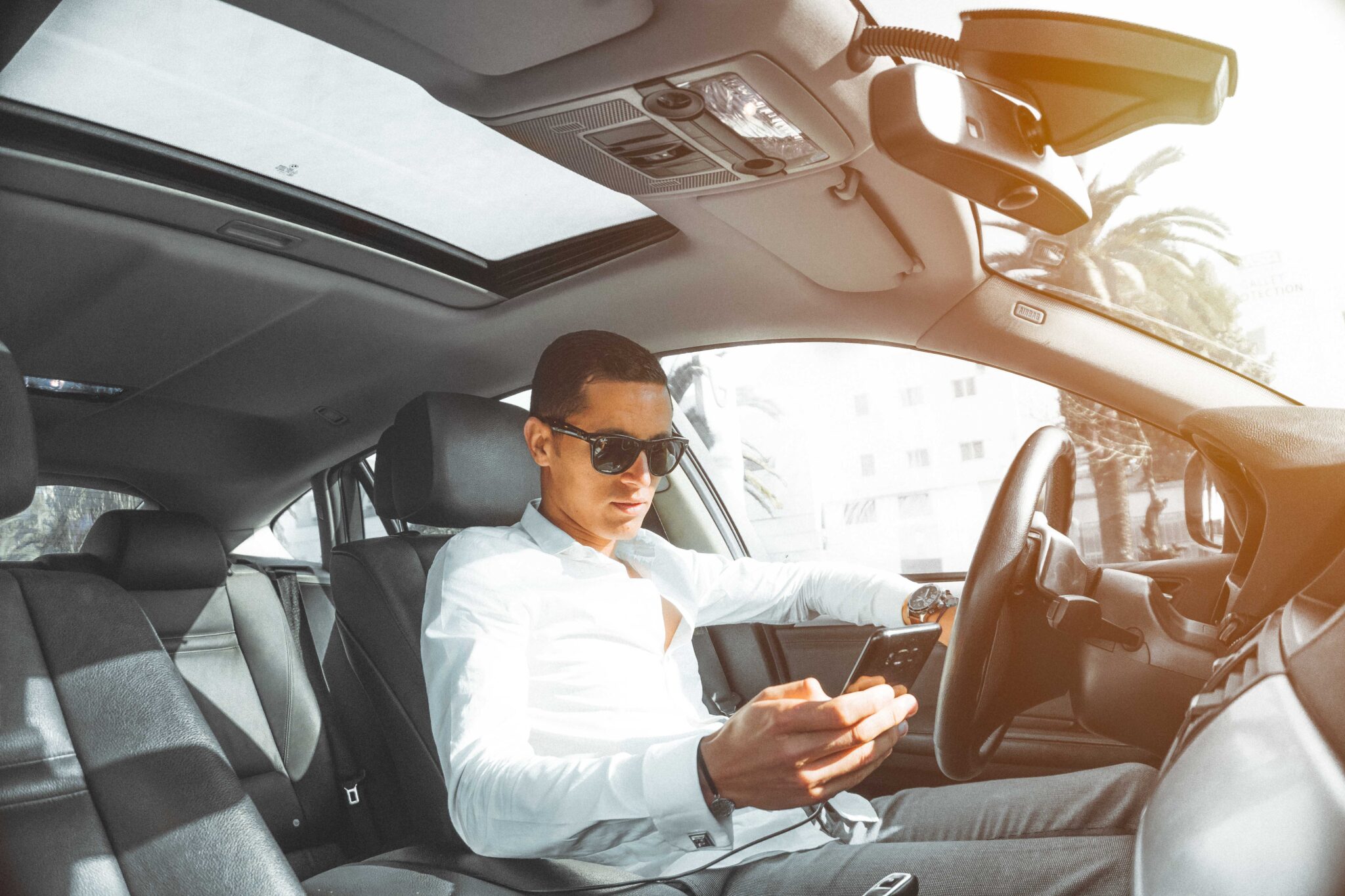How safe of a driver do you think you are? No one likes to think of themselves as a safe driver. However, driving can be a hazardous activity. With 5 people dying daily on UK roads, ensuring you aren’t one of these statistics or the cause of this number of fatalities is vital.
Over time it can be easy to slip into bad habits when it comes to driving. In fact, research suggests that millions of drivers would fail their driving test if they had to retake it. With these statistics in mind, how can you be a better driver?
Car Maintenance
You can only be as safe as your car. You can be the best driver in the world, but if your vehicle isn’t roadworthy, then you are an accident waiting to happen. Undertaking your yearly MOT is a legal requirement. We all know this; however, when was the last time you had your car serviced? A car service can help you assess your car’s health while taking care of common maintenance tasks too. Schedule it with your MOT every year or every 10,000 miles to ensure your car is in the best condition possible.
Keep your oil and lubricants topped up and water in your tank to clean your windscreen. Remember to stay on top of things such as tyre condition and pressure. Visiting a tyre repair shop to change your tires is required to ensure your tread is above the legal limit of its spot and defects.
Keep Your Distance
Remember the 2-second rule? It is there for a reason. Tailgating is a driving offence and can get you a £100 fine and three points on your licence. But not only this, keeping your distance gives you more time to react to other drivers’ behaviours, especially in cases of an emergency or accident. The closer you are, the more likely you will be to create additional issues. So keep to the 2-second rule (or chevrons if on the motorway with these road markings) or even longer in adverse weather conditions. Braking distance increases in wet weather, so maintain a bigger distance when driving in the rain.
Don’t Be A Speed Demon
We’ve all been in a rush and have not accidentally noticed our speed creeping up a couple of miles. However, purposeful speeding, much like tailgating, gives you less time to react to things on the road and can be the difference between prevention and causing an accident. Pay attention to speed limits and road conditions and adapt your driving to meet these changes.
No Distractions
Often easier said than done, especially if you’re driving with others in the car, but the fewer distractions you have, the less you have to worry about when driving. Giving all of your attention to the road and other road users means you will be better placed to adapt your own behaviour should you need to. Not only can the following cause accidents, but they are also illegal too. Avoid driving and;
- Using your mobile phone at all
- Eating
- Drinking
- Using a paper map
- Smoking
Driving Under The Influence
Traffic Cops is a popular TV show aimed at raising awareness of some of the worst drivers and driving offences on the road to dissuade others from making the same mistakes. One of the most common and dangerous issues faced on cop shows and on the road in real life is people driving whilst under the influence of drink and drugs. If you genuinely want to be a better and safer driver, do not under any circumstances drive under the influence. For cannabis users, THC can put you over the legal limit up to 24 hours after your last use. If you’re drinking, it can take around 1 hour for a single unit of alcohol to leave your system. so even the next day, you could still be over the limit.
Get Your Eyesight Checked
You might have had 20/20 vision when you passed your test, but your eyesight can change over the years, and you might not be able to see as well as you once did. Even small changes to your sight can render you at risk of failing a roadside eyesight test. You need at least a 20/40 eyesight to drive without needing glasses or contact lenses. This means you need to be able to see and read a licence plate from 20 metres with or without glasses. If you need glasses to read a licence plate from this distance, you must wear them to drive.
Conclusion
There are many aspects of being a safe driver, from getting your eyesight checked or practising defensive driving and not driving under the influence. Being a better driver can help you reduce road accidents and preserve your driving licence.

